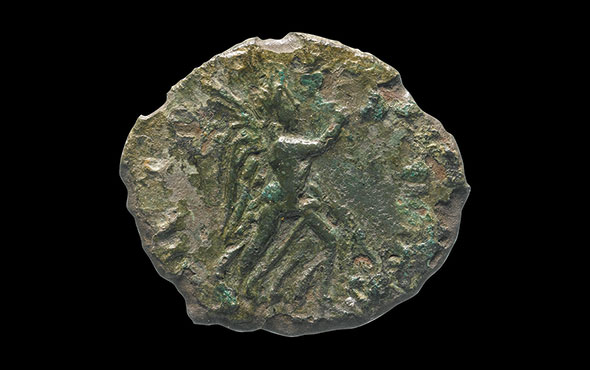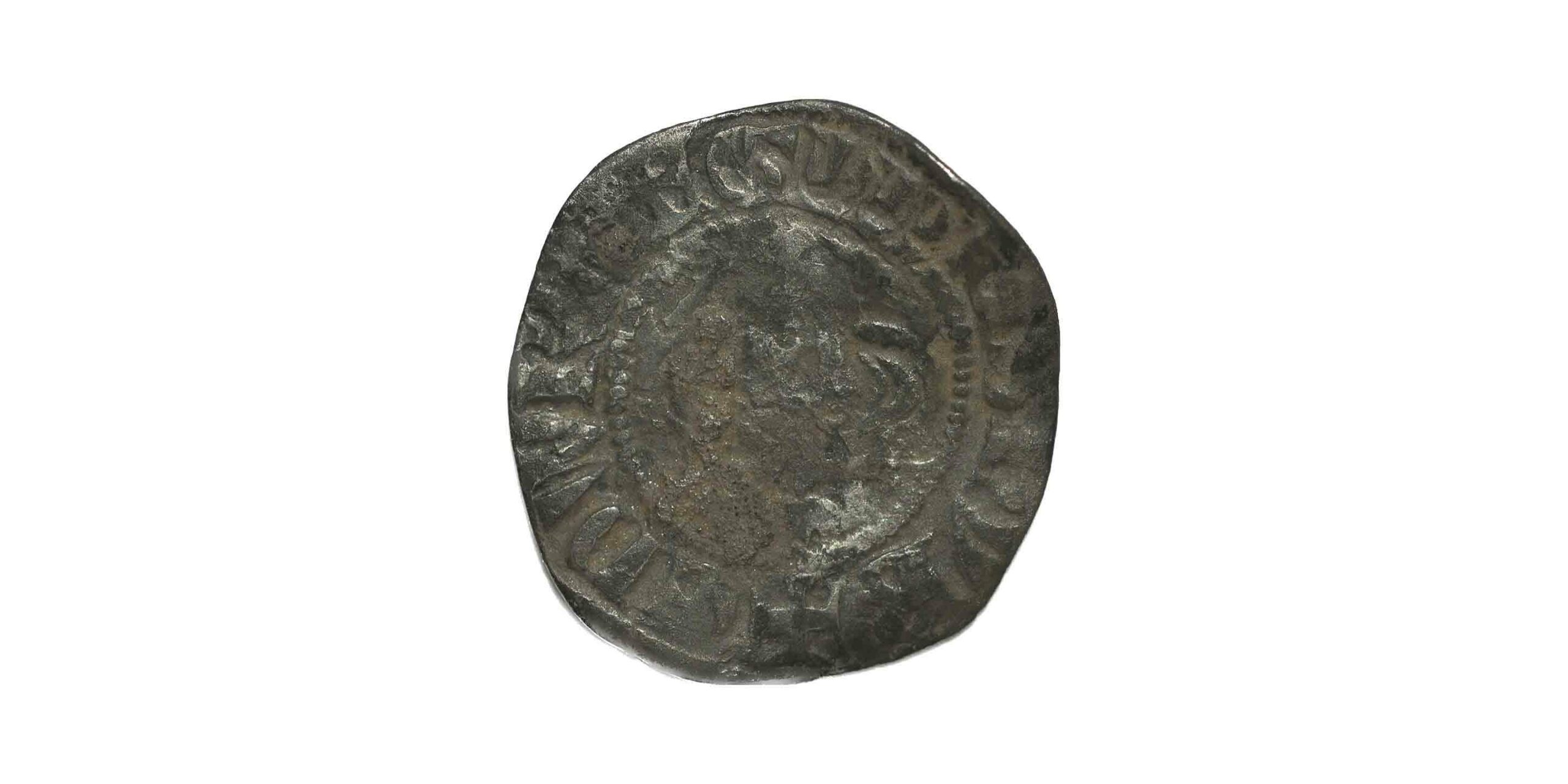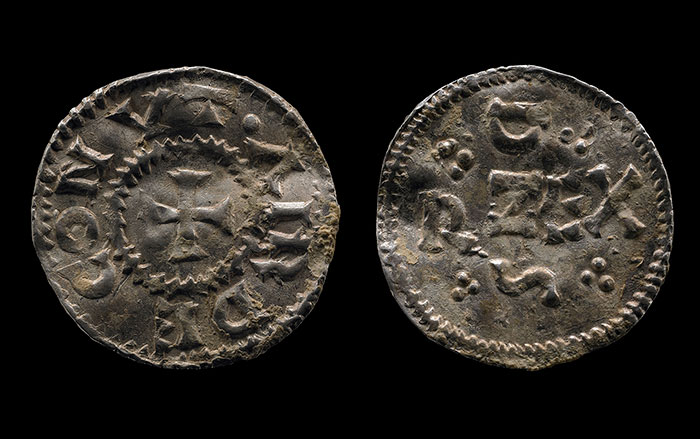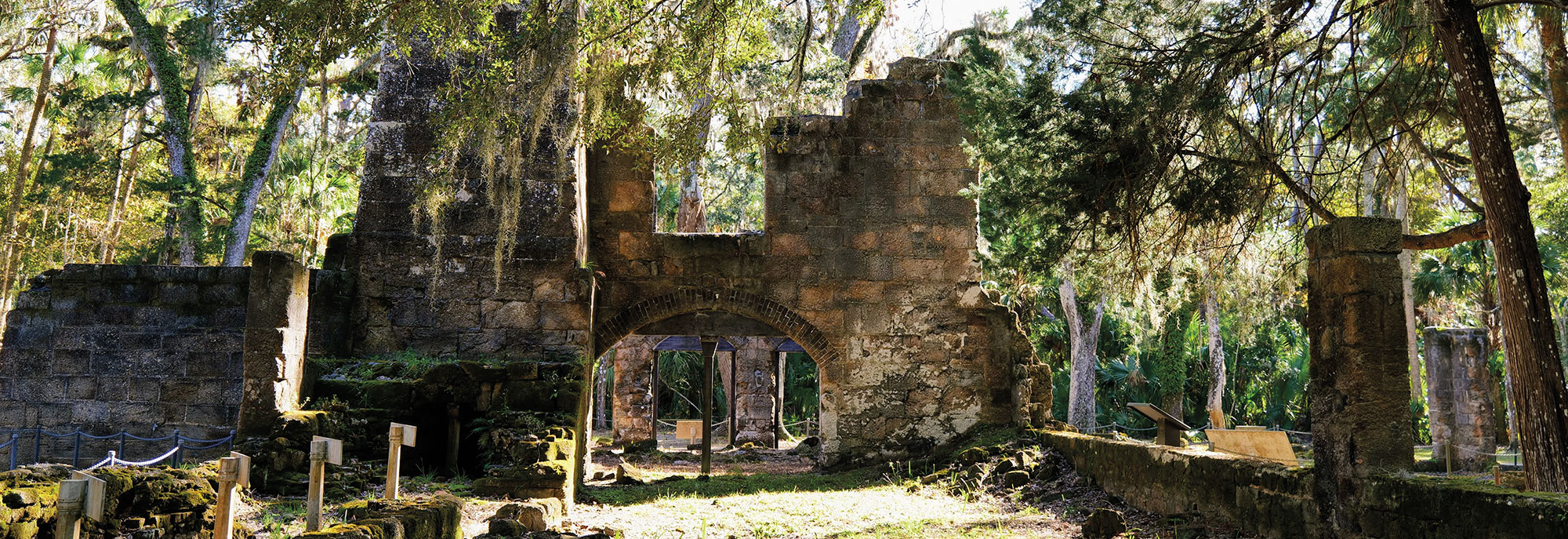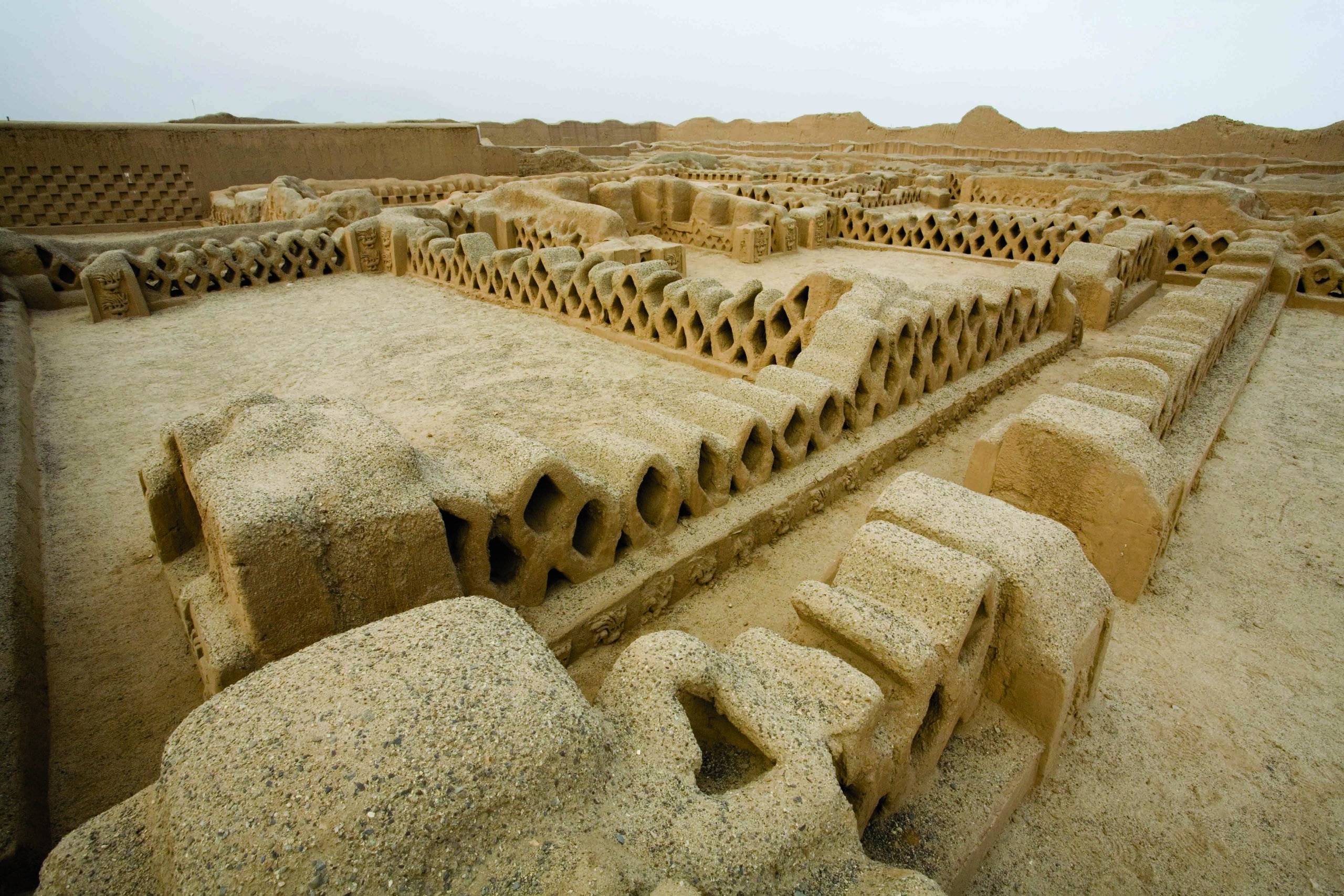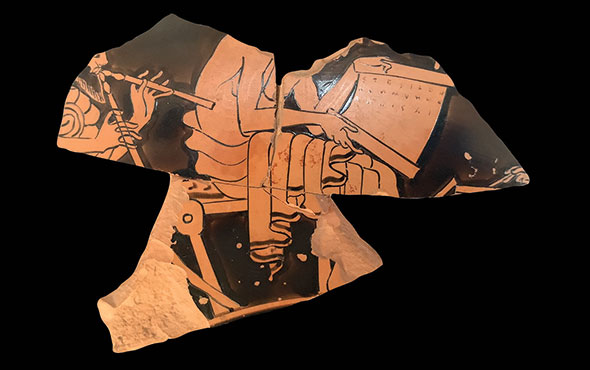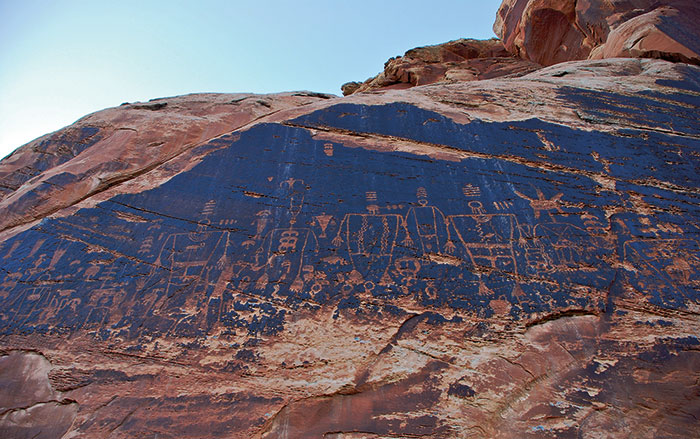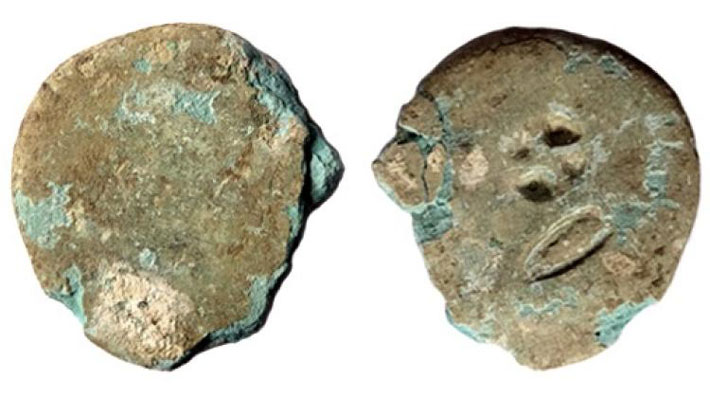
WARSAW, POLAND—According to a Science in Poland report, the analysis of hundreds of bronze coins unearthed at Apsaros, the site of a Roman fort on the coast of the Black Sea, revealed the presence of Legio X Fretensis, which is known for its participation in the suppression of Jewish uprisings. Piotr Jaworski of the University of Warsaw noticed that the coins had been restamped to extend their usable life. He explained that these countermarks belonged to Legio X Fretensis. Most of these coins came from Syrian Antioch and Judea, but one was identified as an insurgent coin from the fourth year of the First Jewish War. “It ended up in the hands of the Romans, perhaps after the capture of Masada along with the entire Jewish treasury,” Jaworski said. “This example shows the Roman principle of pecunia non olet, meaning money does not stink. The fight for Masada was very bloody, and its defenders ultimately committed group suicide,” he continued. It had been known that this legion traveled to what is now Turkey to meet the emperor Trajan (reigned A.D. 98–117) during the war with the Parthians, about 150 miles southwest of Apsaros. “The only time in the history of the war when the troops of this legion could be in Apsaros was in the winter of 114,” Jaworski explained. These small denomination coins were likely used by the soldiers to purchase wine, bread, or entrance to the baths, he concluded. To read about a cache of coins and jewelry unearthed in Israel that likely dates to the second-century A.D. Bar Kokhba revolt against Roman rule, go to "2,000-Year-Old Stashed Treasure," one of ARCHAEOLOGY's Top 10 Discoveries of 2012.


